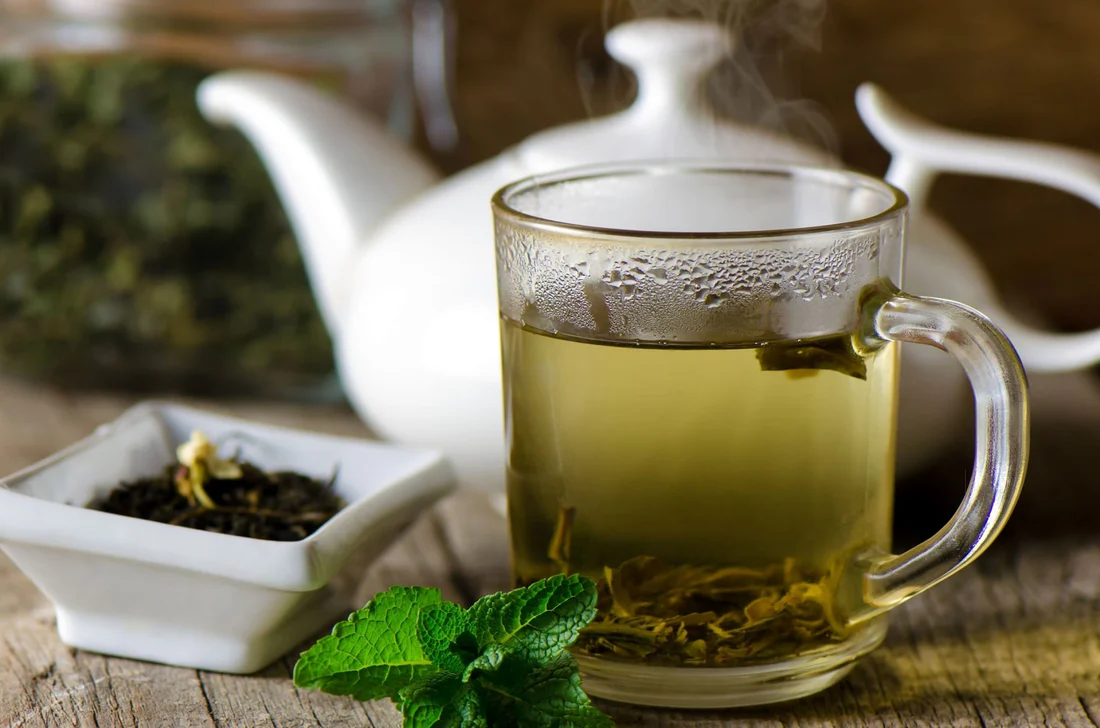Tension and stress often manifest in the upper body, particularly in the neck, shoulders, and head. Long hours at a desk, poor posture, and emotional strain can all contribute to stiffness, discomfort, and fatigue. While medication is an option, many people prefer natural methods that relieve tension without side effects.
Fortunately, there are simple yet effective techniques that target the upper body and promote overall relaxation. Here are five natural ways to reduce tension and stress.
1. Relieve Pressure with a Scalp Massage
A scalp massage is one of the most effective natural methods for easing stress in the upper body. Gentle circular motions applied to the scalp and head increase blood circulation to the head, relax the nervous system, and relieve tightness in the surrounding muscles. This technique not only helps reduce headaches and eye strain but also promotes relaxation by stimulating pressure points that calm the mind.
Regular head massages, whether done by a professional or self-administered, can lower stress hormones and provide a soothing break from daily tension. Adding essential oils like lavender or peppermint enhances the experience, offering both physical and mental relief.
2. Practise Deep Breathing Exercises
Stress often causes shallow breathing, which reduces oxygen flow and increases tension in the chest and shoulders. Deep breathing exercises, such as diaphragmatic breathing or the 4-7-8 technique, help reverse this pattern.
By inhaling slowly, holding the breath, and exhaling fully, you activate the parasympathetic nervous system, which promotes relaxation. Incorporating five to ten minutes of deep breathing daily reduces physical tightness, lowers heart rate, and improves mental clarity.
3. Stretch Your Neck and Shoulders
Upper body tension frequently builds up in the neck and shoulders due to poor posture or prolonged screen time. Simple stretches, like shoulder rolls, neck tilts, and chest openers, can release stiffness and restore mobility.
Stretching increases blood flow to tense muscles and reduces the risk of long-term issues such as chronic pain or postural imbalance. Incorporating these stretches into your daily routine, especially during work breaks, can significantly ease accumulated stress.
4. Apply Heat Therapy
Heat is a natural and effective way to relax tight muscles in the upper body. Using a warm compress, heating pad, or even a hot shower can loosen stiff muscles in the neck, back, and shoulders. Heat therapy improves circulation, reduces spasms, and alleviates discomfort caused by stress-induced tension.
For best results, apply heat for 15–20 minutes while practising relaxation techniques, such as deep breathing or meditation.
5. Try Mindfulness Meditation
Mental stress often translates into physical tension. Mindfulness meditation helps break this cycle by calming the mind and reducing the body’s stress response. Focusing on the present moment, observing your thoughts without judgment, and practising guided relaxation can ease both emotional strain and physical stiffness.
Even ten minutes of mindfulness daily can reduce muscle tightness in the upper body and improve overall well-being.
Conclusion
Stress and tension in the upper body are common but manageable with natural techniques. Head massages, deep breathing exercises, regular stretching, heat therapy, and mindfulness meditation all provide effective relief without medication. By incorporating these practices into your lifestyle, you can reduce physical discomfort, calm your mind, and restore balance to your body.





